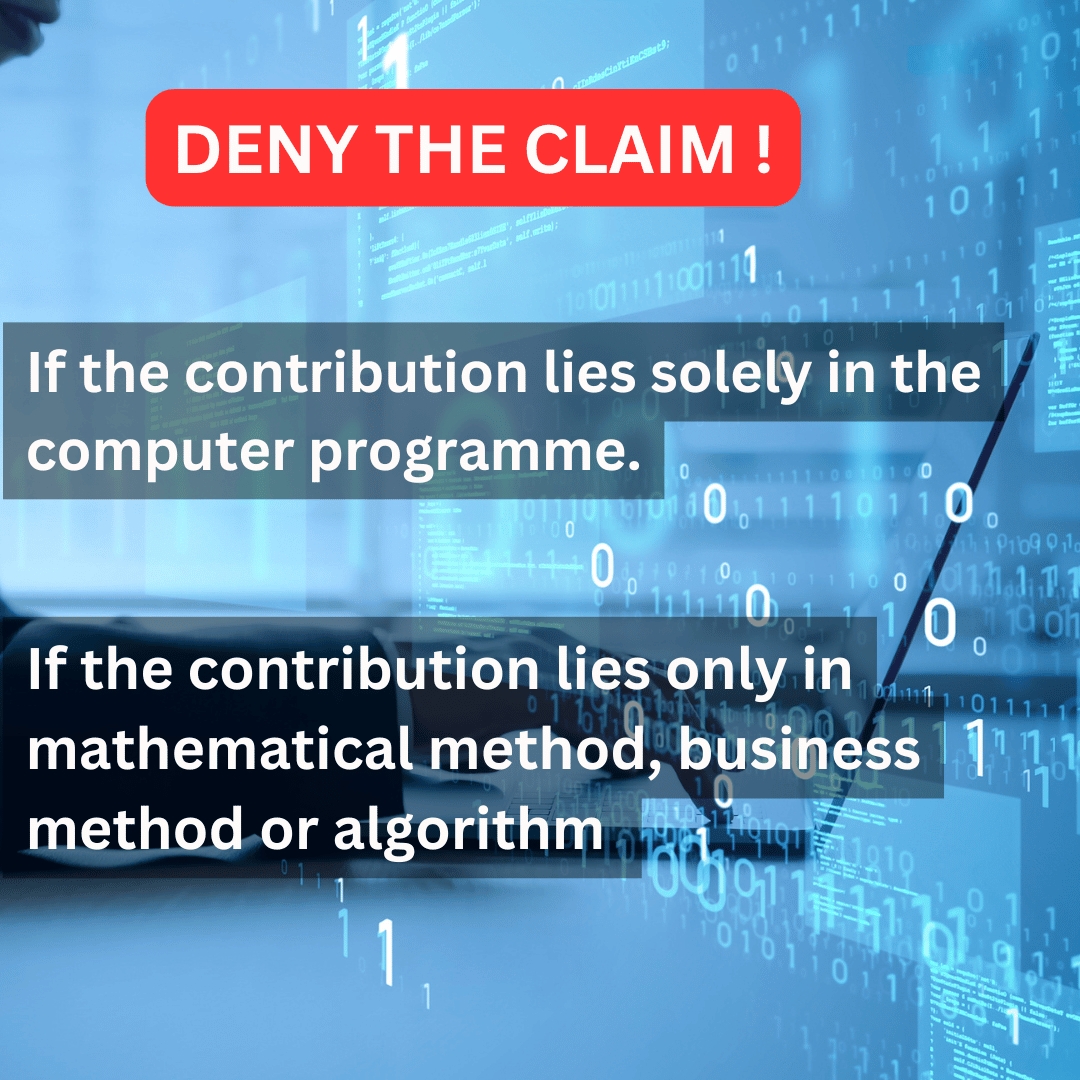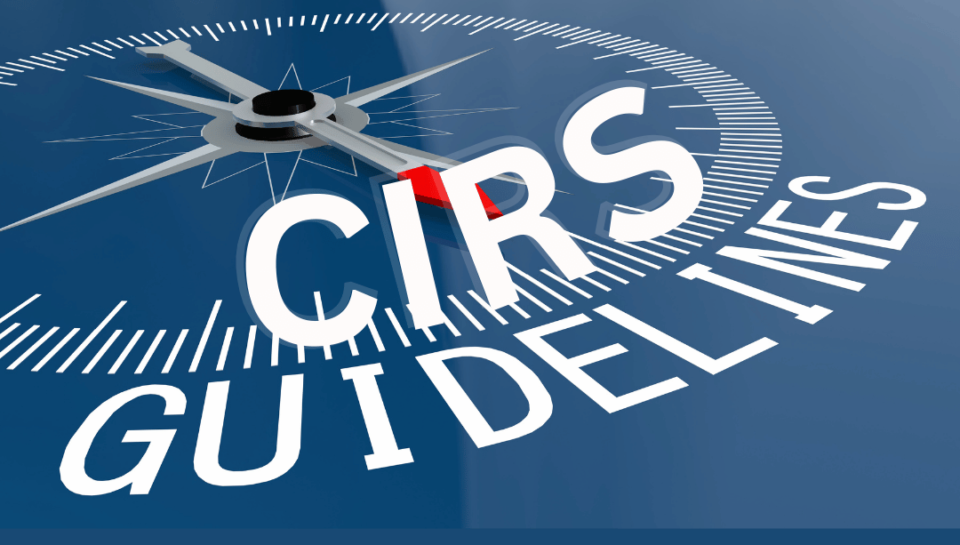Interestingly, the Office of Controller General of Patents, Designs and Trade marks (Indian Patent Office) on February 19, 2016 issued a revised set of Guidelines for Examination of Computer-Related Inventions (‘CRIs Guidelines)’. The CRIs Guidelines came two months after the previous CRIs Guidelines, released on August 21, 2015, were put in abeyance. The aim of these CRIs Guidelines is to foster uniformity in examination of CRIs and bring clarity in terms of exclusions expected under 3(k) such that software patent applications can be speedily examined and granted or rejected. That is Fail fast, Fail Cheap. Not bad, I would say. The CRIs guidelines further state that they do not have any legal binding and in case of a conflict between the CRIs Guidelines and the Patents Act 1970, the provisions of the Act will prevail.
Terms/ Definitions: In the CRIs Guidelines, the terms which are defined in any Indian statues have been construed accordingly, and those which have not been given any statuary definition are construed in accordance with their use and Oxford Advanced Learners dictionary. Reading through these definition one may easily argue that the Indian patent office has completely missed the target with overly broad definition of the terms, for example, the definition of “algorithm” states “a set of rules that may be followed when solving a particular problem”. Only time can tell if such broad definition taken for Oxford Advanced Learners dictionary stands the test of the Courts.

Examination Procedure
The CRIs guidelines in this section have made an effort to lay down the examination procedure of software patent applications also stating that the procedure would remain substantially same as that for other inventions. Some highlights of this section are:
1. Inventive step
The CRIs Guidelines provide that the inventive step in any invention must be a feature that is not an excluded subject itself.
2. Industrial applicability
The CRIs Guidelines explicitly state that ‘methods of playing games’ and ‘computer programming languages’ and methods of effecting introductions with a view to making friends, although carried out by a commercial enterprise, are not considered industrially applicable. The CRIs Guidelines further state that patent specification must disclose a practical application and industrial use for the claimed invention wherein concrete benefit must be derivable from the description coupled with common general knowledge.
3. Means plus function
The CRIs Guidelines appear to state that the patent application shall be allowed if the ‘means’ for performing some function, mentioned in the claims, is clearly defined with the help of physical constructional features in the claims. The claims in means plus function form shall not be allowed if the structural features of those means are not disclosed in the specification.
4. Mere Automation of a known method is not patentable
The CRIs Guidelines also seem to state that a system claim worded in such a way to claim a previously claimed method may not fulfil the eligibility criteria of patentability.
The Test/Indicators to determine Patentability of CIRS
The Guidelines states that the examiners may rely on the following three stage test in examining CRI applications


1. Properly construe the claim and identify the actual contribution
2. If the contribution lies only in mathematical method, business method or algorithm, deny the claim
3. If the contribution lies in the field of computer programmes
a) Check whether it is claimed in conjunction with novel hardware and proceed to other steps to determine patentability with respect to the invention.
b) The computer programme in itself is never patentable. If the contribution lies solely in the computer programme, deny the claim.
c) If the contribution lies in both the computer programme as well as hardware, proceed to other steps of patentability.
Examples: In the final section, the CRI guidelines have listed fifteen illustrative examples where the IPO perceives the claims are not patentable. These examples are directed towards social networking, network search, classifying telecommunication network, data processing, automation of known process, inventory management, pension program, financial program/transactions, stocks allocation, auction method, financial contracts, decoding system, account management, e-commerce applications, and billing management. From these examples, it may be understood that any patent application falling in these domain may face a stiff opposition from the examiners during examination under Section 3(k).
Overall one may contend that the effect and significance of these CRIs Guidelines hinges predominantly on the understanding, interpretation, and implementation by individual examiners. As a whole, the CRI Guidelines is abundant with vague and ambiguous language. Thus, it would be a big surprise if the objectives of uniform decisions in respect of CRIs are achieved. One of the examples of vagueness in the CRIs Guidelines is the use of word “contribution”, in the test to determine Patentability of CIRS. With no clarity or guidance on claim construction and method for assessment of the “contribution”, it is left to the understanding of individual examiners to construe “contribution” in a patent application. Further, the patent office in section 4.4 of the CRI guidelines have gone overboard to define what does “sufficiency of the disclosure” mean? Specifically, section 4.4 of the guidelines states that “the complete specification should disclose the invention completely to meet the requirement of the Patents Act and should enable a person skilled in the art to work the invention without any assistance of the patentee or any further experimentation.” The word that comes to my mind after reading this section is – Wow. Well, what could have been the source of such a definition? Even the US patent law allows reasonable experimentation as part of enablement, 35 USC 112. Further, what could have been the possible intent of the IPO for changing the existing law, such provision being non-existent, to these stringent and unfavourable enablement requirement?
All in all, the CRIs Guidelines on the face appear to be a lackadaisical effort of the patent office, for the CRIs Guidelines gives absolutely no examples of what kind of CRIs is patentable. With immense hope, we believe that the rigor of time and courts need to put things back on track for the sake of innovation if not anything else.
Well, having said all of the above, the next step is to keep filing “copyrights” for the software codes and for the specification of the software along with patents because, after all, these are just guidelines.





